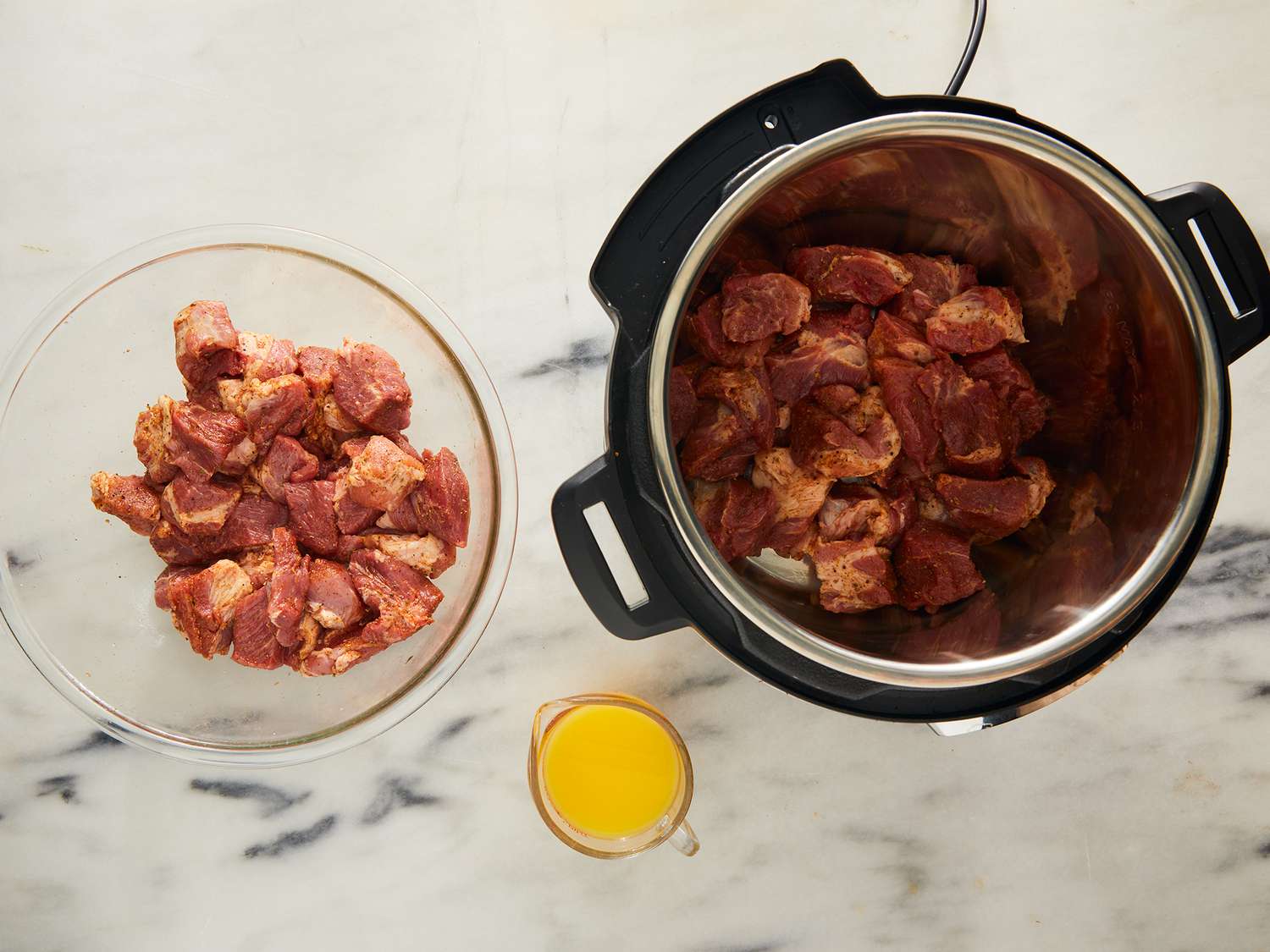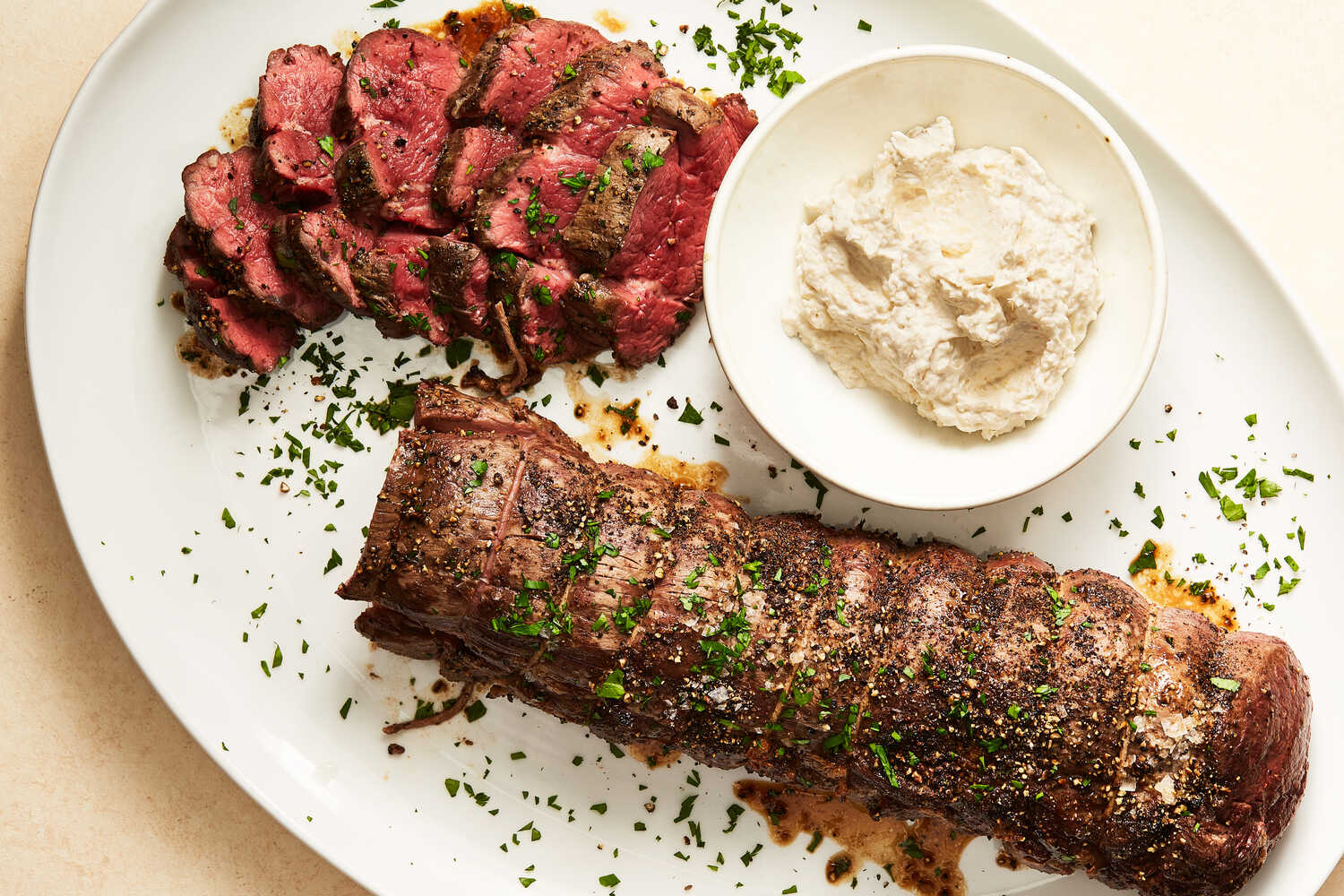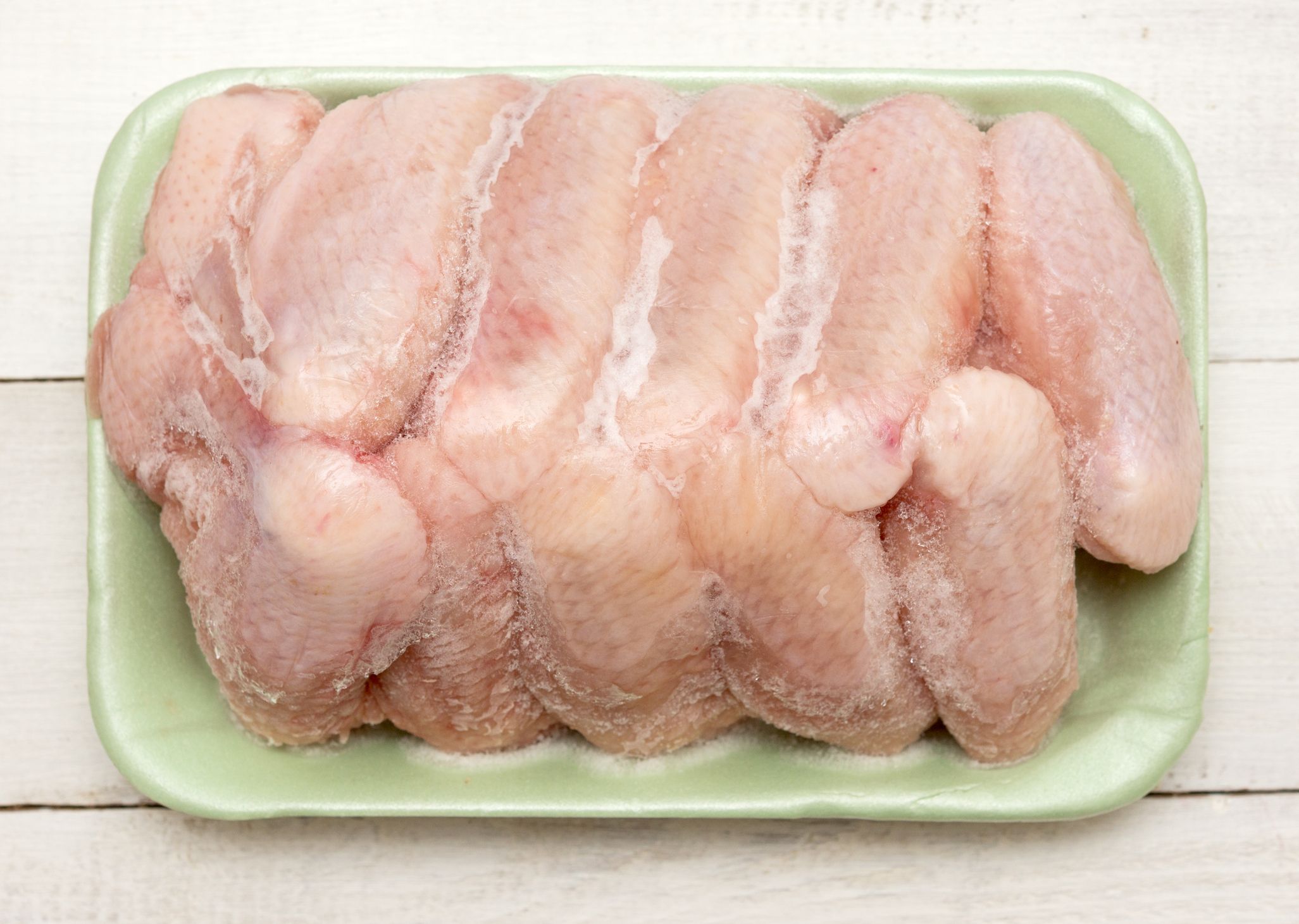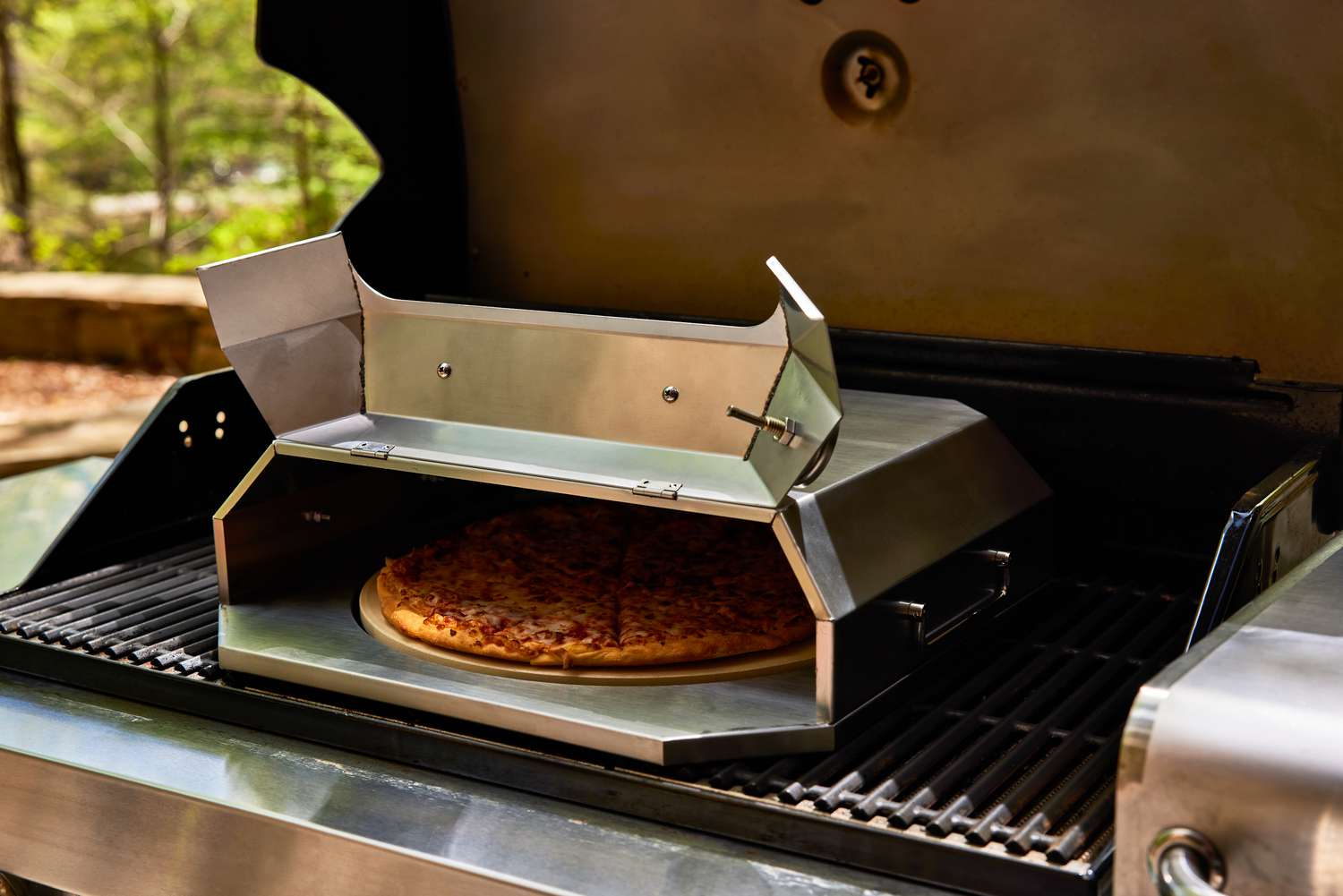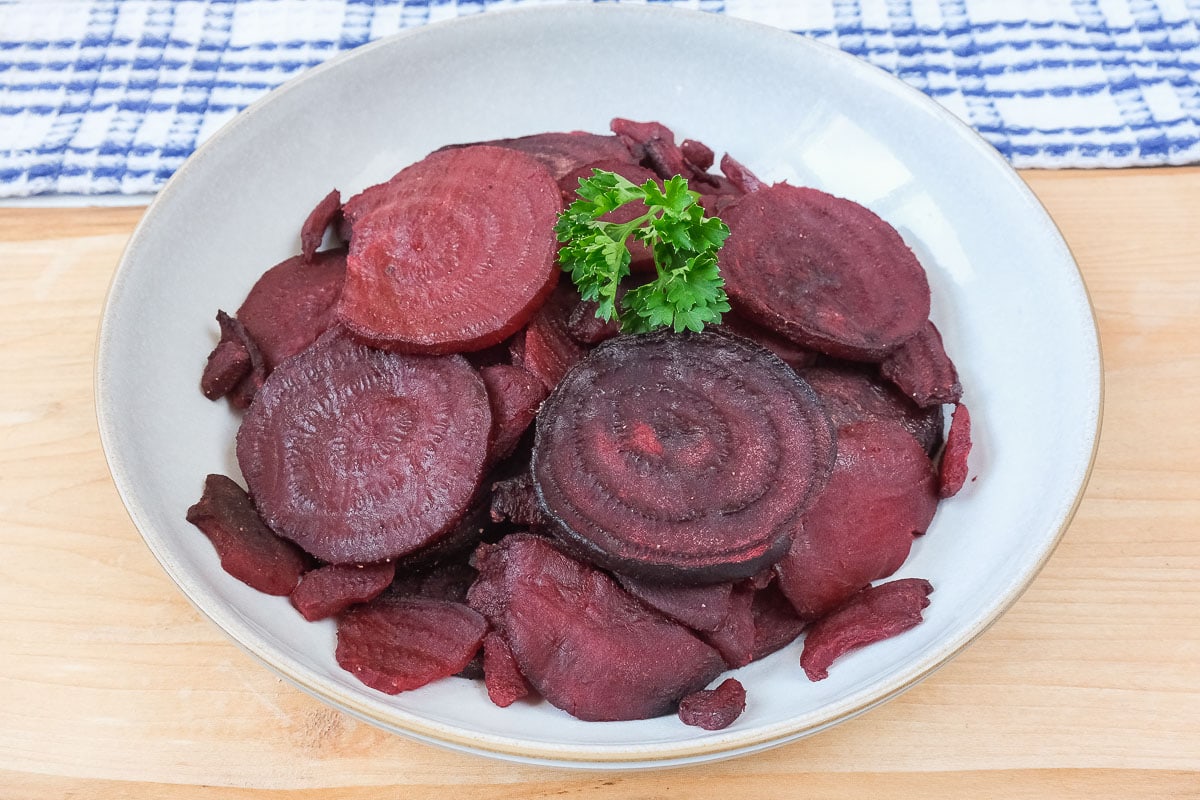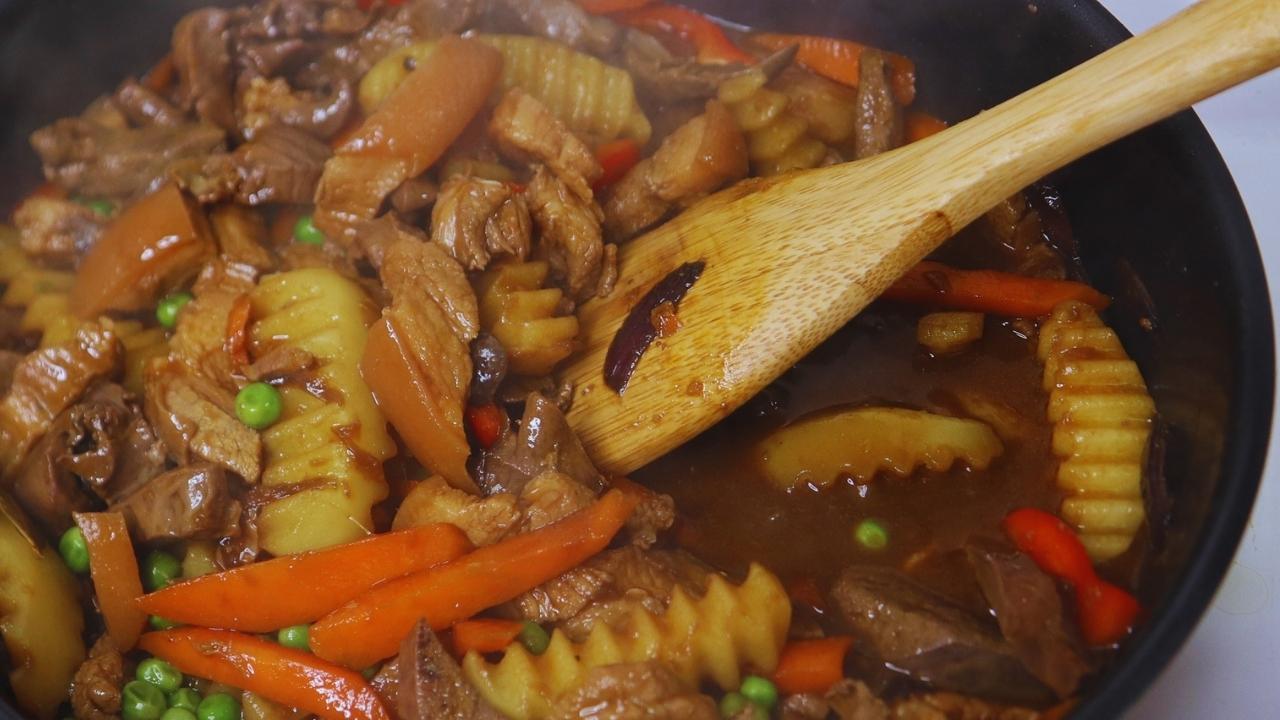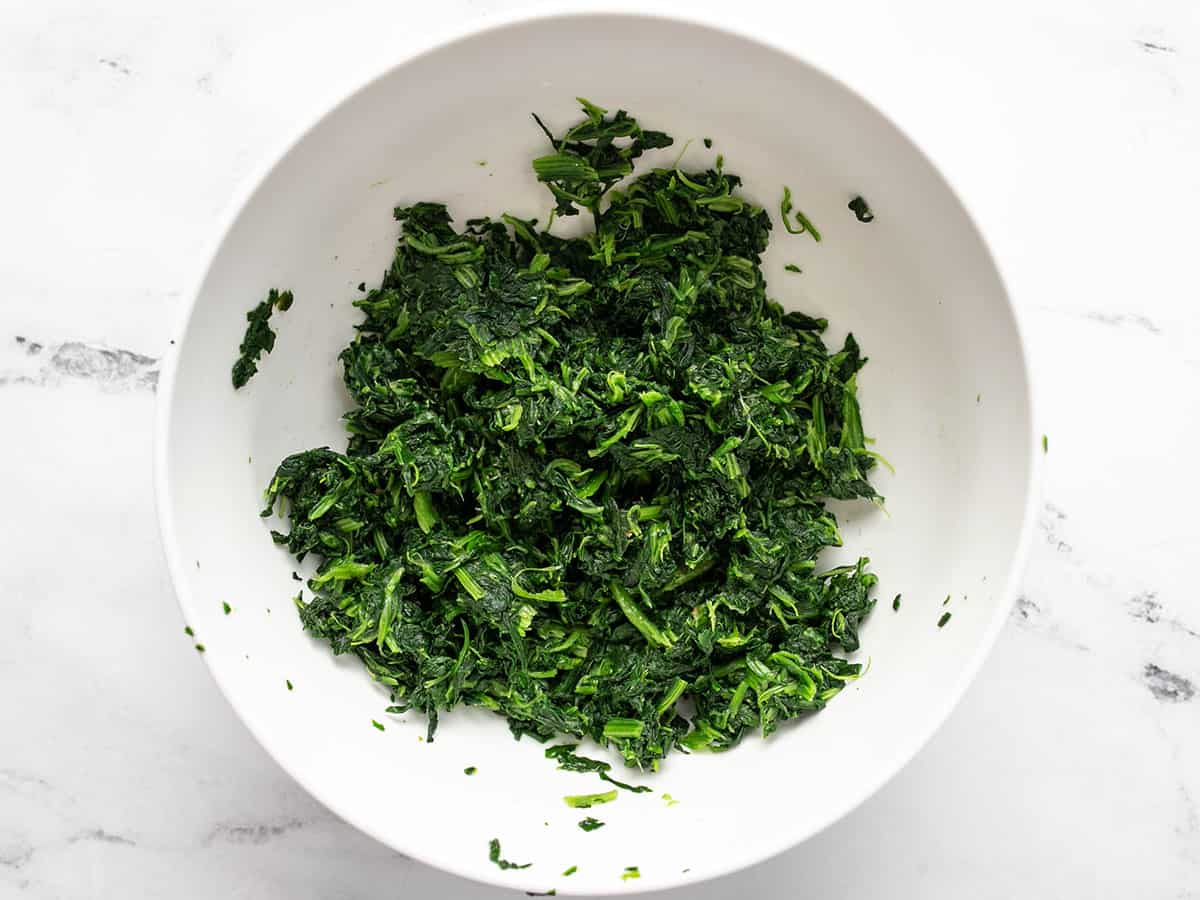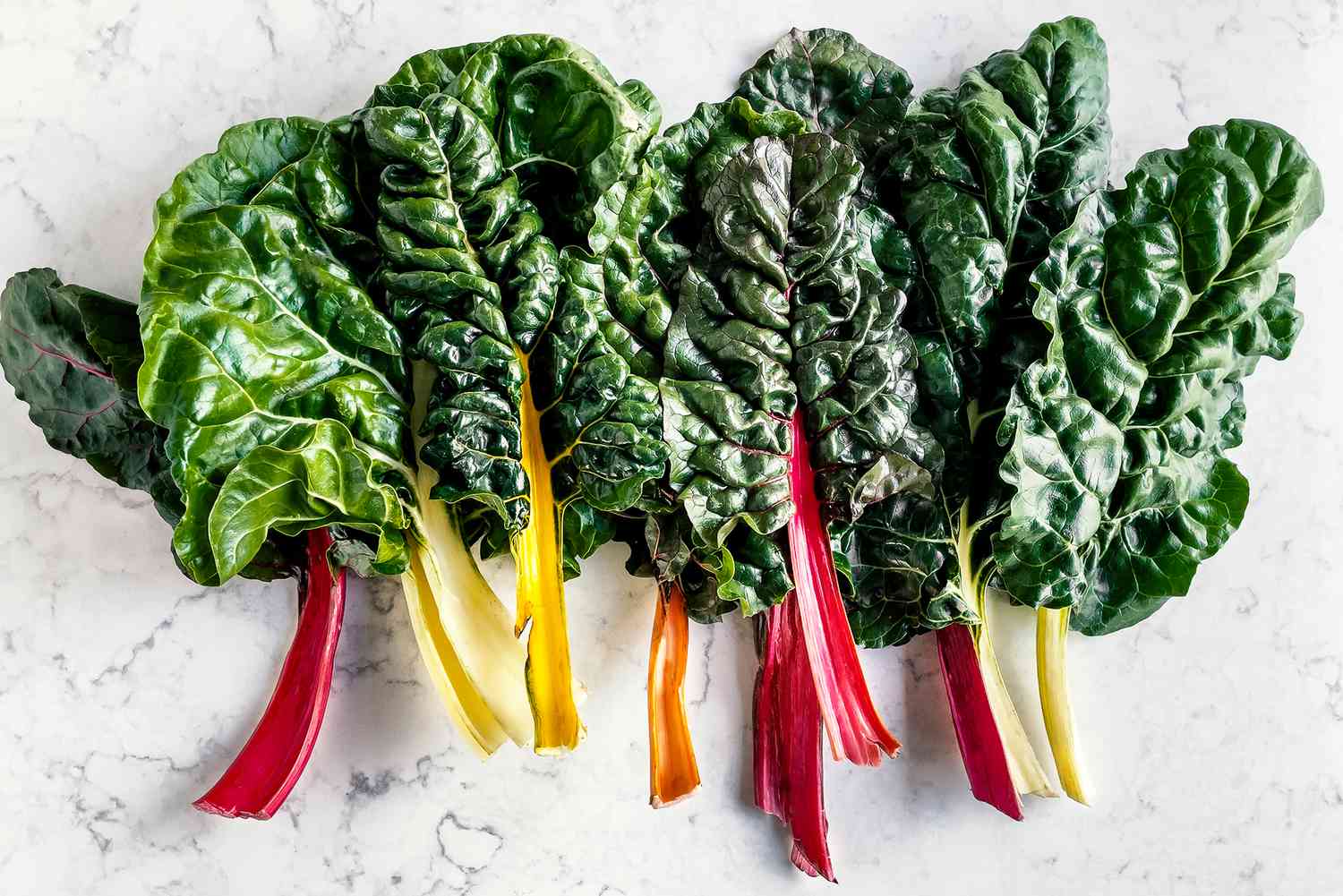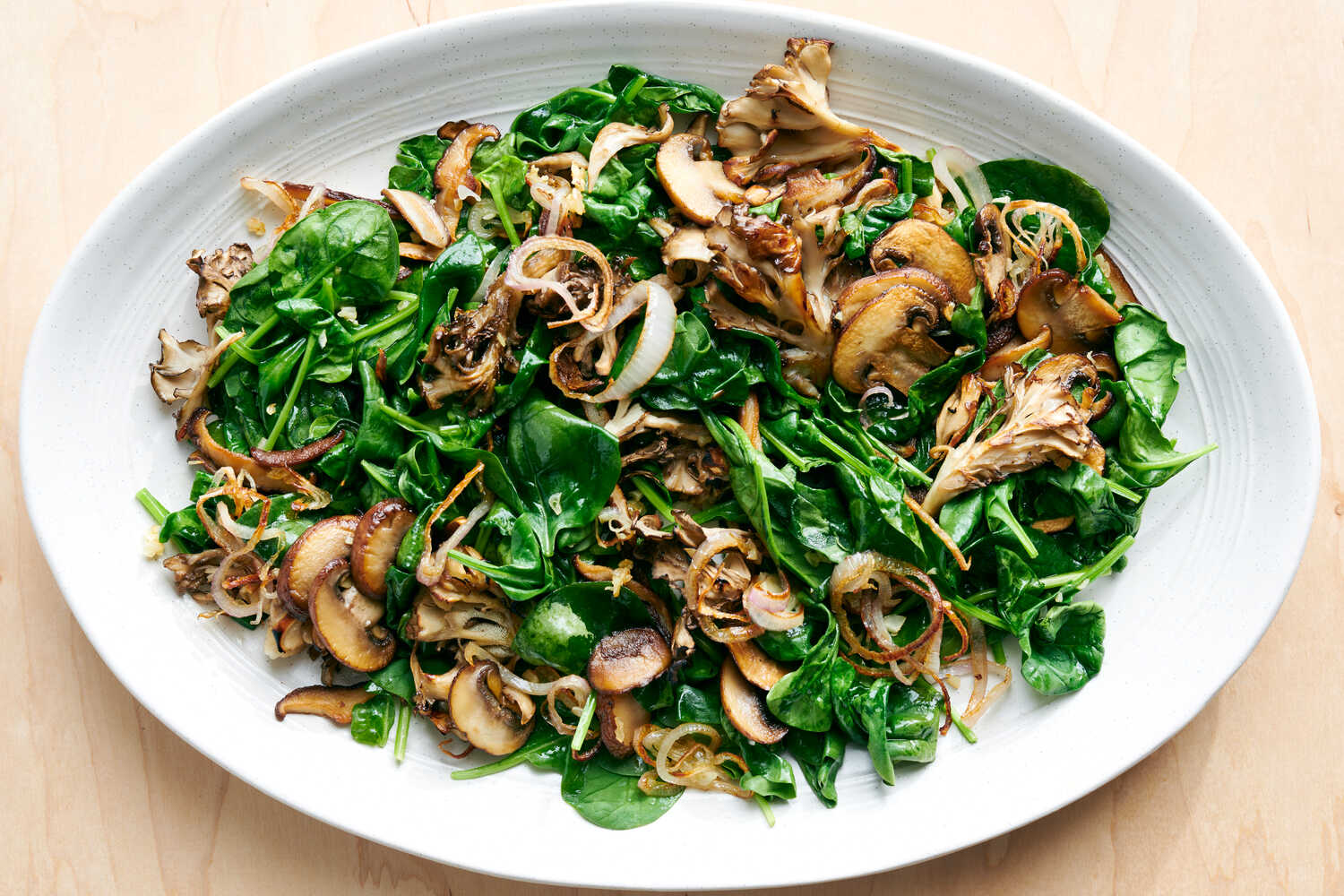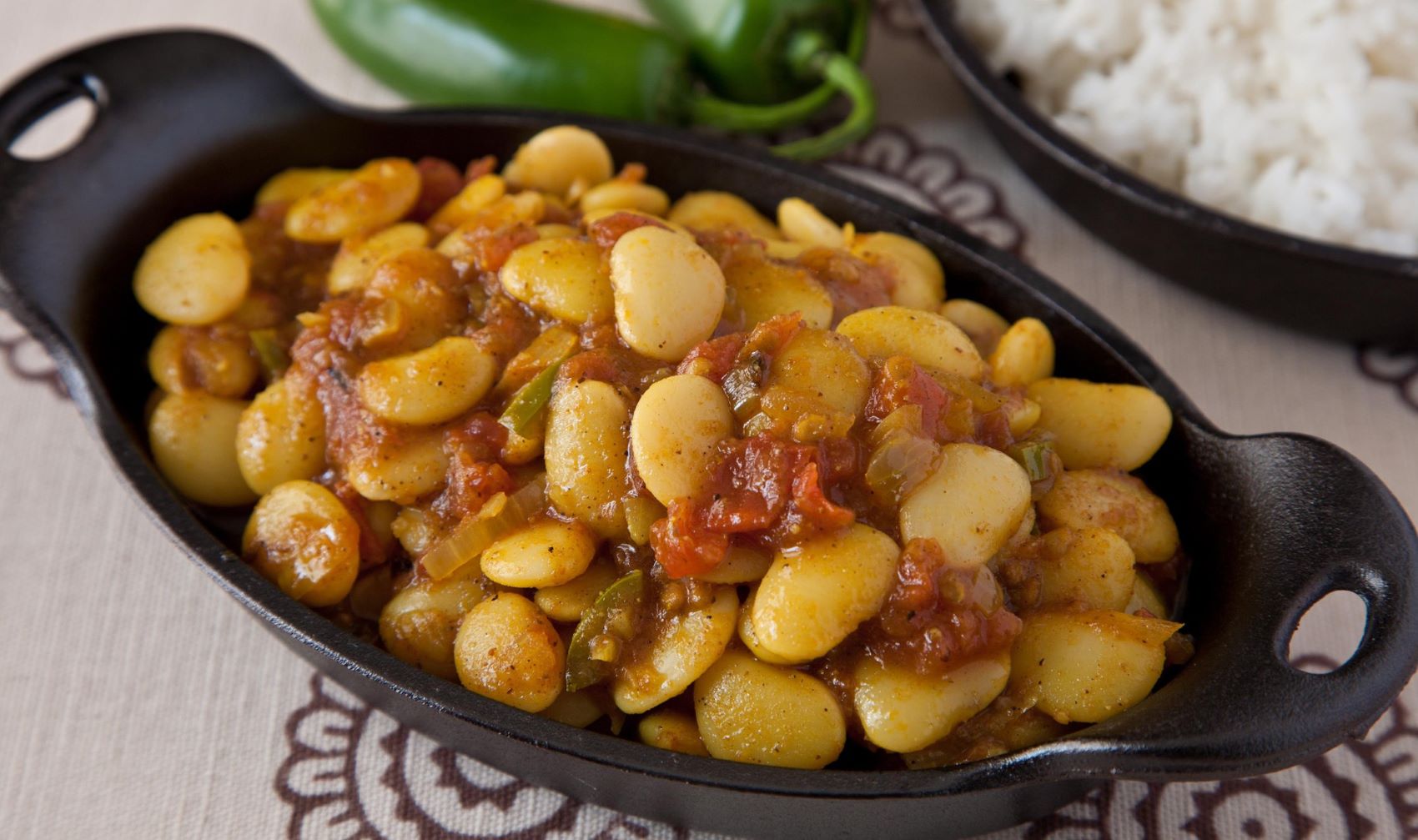Deliciously Tender: The Perfect Method for Cooking a Small Pork Tenderloin in the Oven
Are you ready to tantalize your taste buds with a perfectly cooked small pork tenderloin? Look no further! In this article, we will guide you through a simple and foolproof method to achieve a delectably tender and juicy pork tenderloin right in your own oven. So, grab your apron and let’s get cooking!
Preparation is Key
Before diving into the cooking process, it’s important to prepare your small pork tenderloin properly. Here are a few simple steps to ensure your meat is ready for its oven adventure:
- Start by preheating your oven to 425°F (220°C).
- Remove the small pork tenderloin from its packaging and pat it dry with paper towels. This helps to remove any excess moisture and promotes better browning.
- Season the tenderloin generously with your favorite herbs and spices. Whether you prefer a classic combination of salt, pepper, and garlic powder, or want to experiment with a unique blend, make sure to rub the seasoning evenly onto the meat.
The Cooking Process
Now that your small pork tenderloin is perfectly prepped, it’s time to move on to the main event – cooking it to perfection in the oven. Follow these steps for guaranteed success:
- Heat an oven-safe skillet or a baking dish over medium-high heat on the stovetop. Once it’s hot, add a splash of olive oil and carefully place the seasoned tenderloin into the skillet.
- Sear the tenderloin on all sides until it develops a beautiful golden-brown crust. This step not only enhances the flavor but also helps to retain the juices inside the meat.
- Transfer the skillet or baking dish with the seared pork tenderloin into the preheated oven. Allow it to roast for approximately 15-20 minutes, or until the internal temperature reaches 145°F (63°C) for perfectly cooked medium-rare pork.
- Once the desired temperature is reached, remove the tenderloin from the oven and let it rest for a few minutes. This resting period allows the juices to redistribute, resulting in a more succulent and tender pork tenderloin.
Serving Suggestions
Now that your small pork tenderloin is cooked to perfection, it’s time to plate up and indulge in its juicy goodness. Here are a few serving suggestions to elevate your dining experience:
- Slice the tenderloin into medallions and arrange them on a bed of creamy mashed potatoes or a fluffy cauliflower puree.
- Serve alongside a vibrant salad, drizzled with a zesty vinaigrette, for a refreshing contrast to the rich flavors of the pork.
- For a delicious twist, top the sliced tenderloin with a flavorful sauce, such as a tangy apple cider reduction or a velvety mushroom cream sauce.
Remember, cooking a small pork tenderloin in the oven is all about precision and carefully timed steps. By following this straightforward method, you’ll be rewarded with a mouthwatering dish that will impress family and friends alike. So, fire up that oven, and let the cooking begin!
Cooking a small pork tenderloin in the oven can be a delightful culinary adventure, and there are several recipes that one should definitely try. The Honey Mustard Glazed Pork Tenderloin offers a sweet and tangy flavor profile that is simply irresistible. For those who prefer a more herbaceous touch, the Lemon Rosemary Pork Tenderloin provides a fresh and zesty kick. If you're in the mood for something sweet and savory, the Maple Glazed Pork Tenderloin is a must-try, combining the rich flavors of maple syrup with the tender meat. For spice lovers, the Cajun Spiced Pork Tenderloin brings a fiery and flavorful punch that will surely satisfy. Finally, the Teriyaki Pork Tenderloin is perfect for those craving an Asian twist, with its umami-rich marinade. Each of these recipes is tailored to make the most out of your oven-cooked pork tenderloin, ensuring a delicious meal every time.
